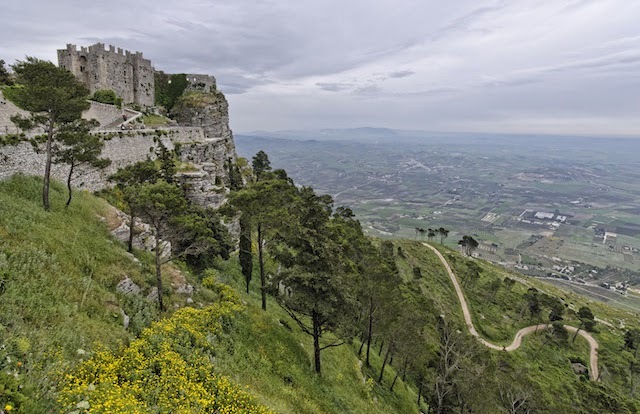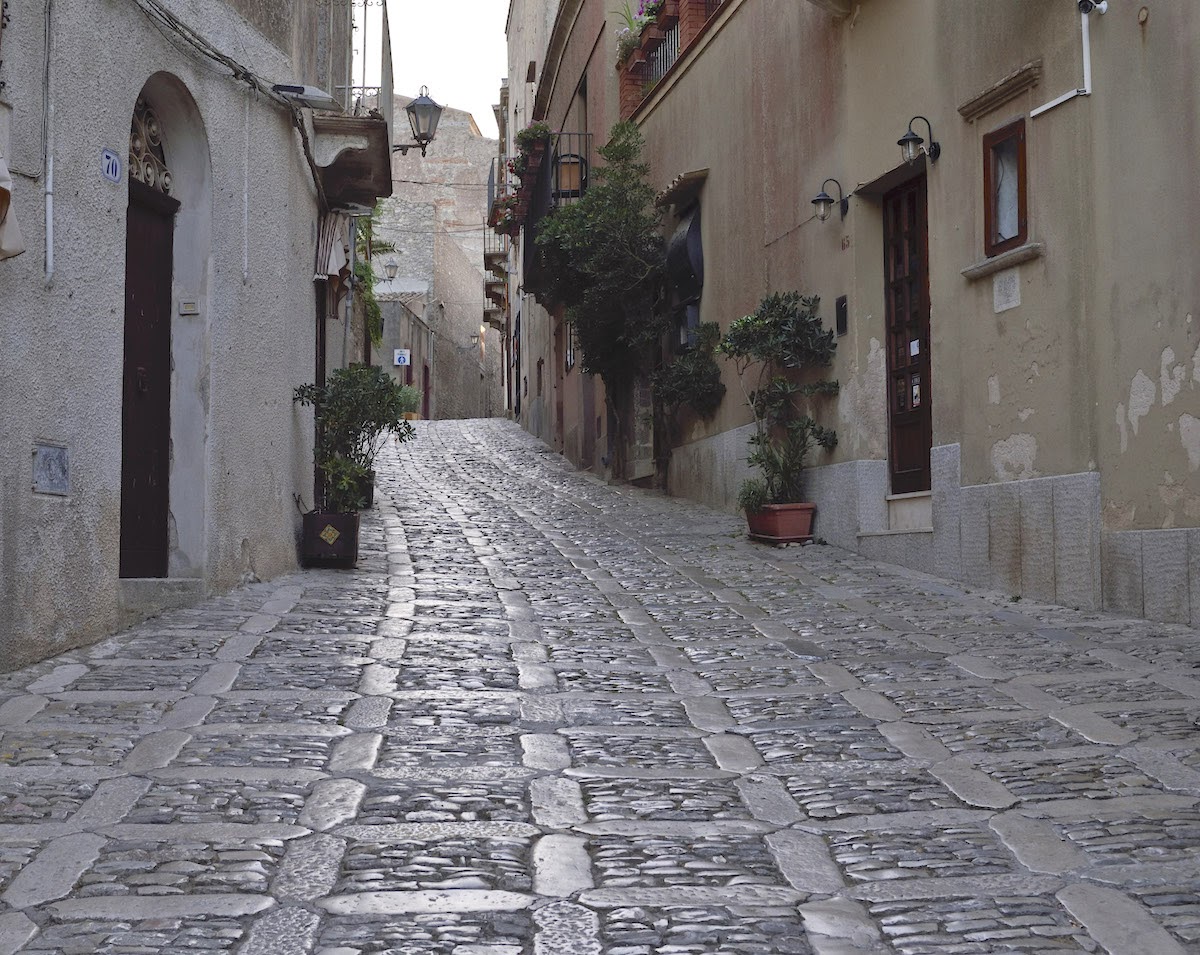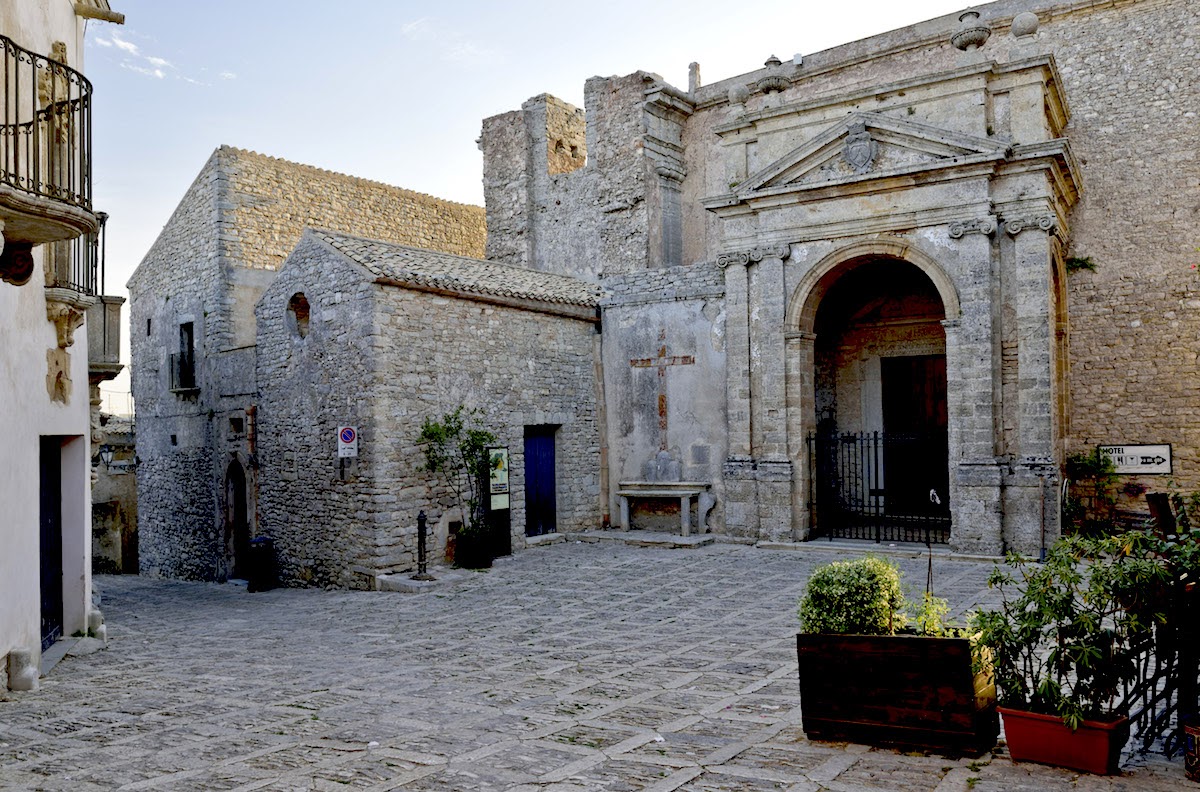Embracing 136 Schools, covering all branches of Science, the Centre is situated in the old pre-mediaeval city of Erice where four restored monasteries (one of which was the residence of the Viceroy of Sicily during the XIV and XV Centuries) provide an appropriate setting for high intellectual endeavour.

These ancient buildings are now named after great scientists and strong supporters of the Ettore Majorana Centre. The San Francesco Monastery (former Viceroy’s residence) is now the Eugene P. Wigner Institute with the Enrico Fermi Lecture Hall. The San Domenico Monastery is now the Patrick M.S. Blackett Institute with the Paul A.M. Dirac Lecture Hall. The San Rocco Monastery is now the Isidor I. Rabi Institute with the Richard P. Feynman Lecture Hall, the Directorate and the main Secretariat of the Centre. The Ciclope is now the Victor F. Weisskopf Institute with the Richard H. Dalitz Lecture Hall. There are living quarters in all four Institutes for people attending the Courses at the Centre. The Polo Sismico, the first worldwide Network of Seismological Detectors (1981), is located in the I.I. Rabi Institute. The Daniel Chalonge and the Paul A.M. Dirac Museums are situated at the Patrick M.S. Blackett Institute.

Poetic Touch
According to legend, Erice, son of Venus and Neptune, founded a small town on top of a mountain (750 meters above sea level) more than three thousand years ago. The founder of modern history – i.e. the recording of events in a methodic and chronological sequence as they really happened without reference to mythical causes – the great Thucydides (500 B.C.), writing about events connected with the conquest of Troy (1183 B.C.) said: “After the fall of Troy some Trojans on their escape from the Achaei on the sea towards the West arrived in Sicily by boat and as they settled near the border with the Sicanians all together they were named Elymi: their towns were Segesta and Erice”. This inspired Virgil to describe the arrival of the Troyan royal family in Erice and the burial of Anchise, by his son Enea, on the coast below Erice. Homer (1000 B.C.), Theocritus (300 B.C.), Polybius (200 B.C.), Virgil (50 B.C.), Horace (20 B.C.), and others have celebrated this magnificent spot in Sicily in their poems. During seven centuries (XIII-XIX) the town of Erice was under the leadership of a local oligarchy, whose wisdom assured a long period of cultural development and economic prosperity which in turn gave rise to the many churches, monasteries and private palaces which you see today. In Erice you can admire the Castle of Venus, the Cyclopean Walls (800 B.C.) and the Gothic Cathedral (1300 A.D.). Erice is at present a mixture of ancient and medieval architecture. Other masterpieces of ancient civilization are to be found in the neighbourhood: at Motya (Phoenician), Segesta (Elymian), and Selinunte (Greek). On the Aegadian Islands theatre of the decisive naval battle of the first Punic War (264- 241 B.C.) – suggestive neo-lithic and paleo-lithic vestiges are still visible: the grottoes of Favignana, the carvings and murals of Levanzo.
Splendid beaches are to be found at San Vito Lo Capo, Scopello, and Comino, and a wild and rocky coast around Monte Cofano: all at less than one hour’s drive from Erice.

